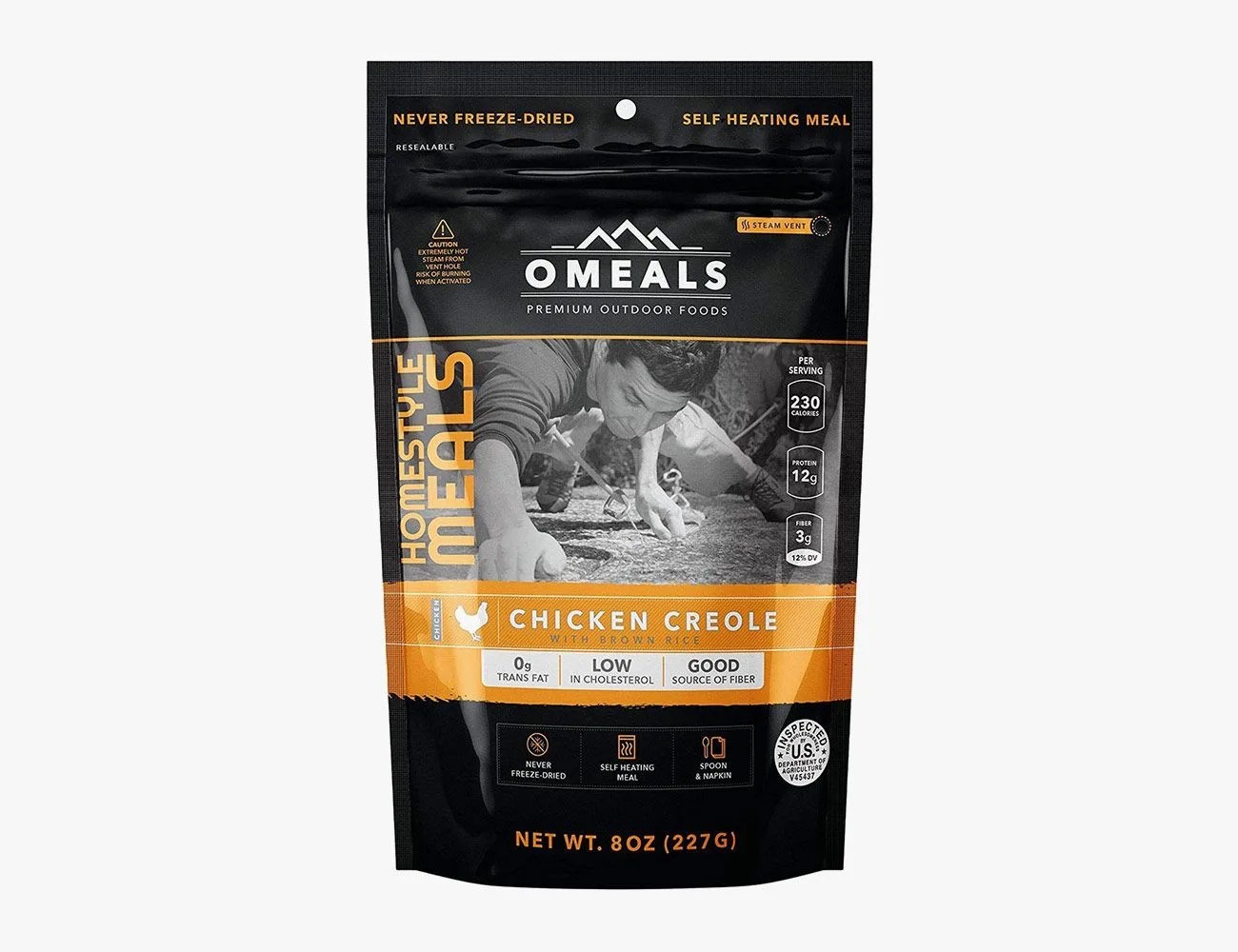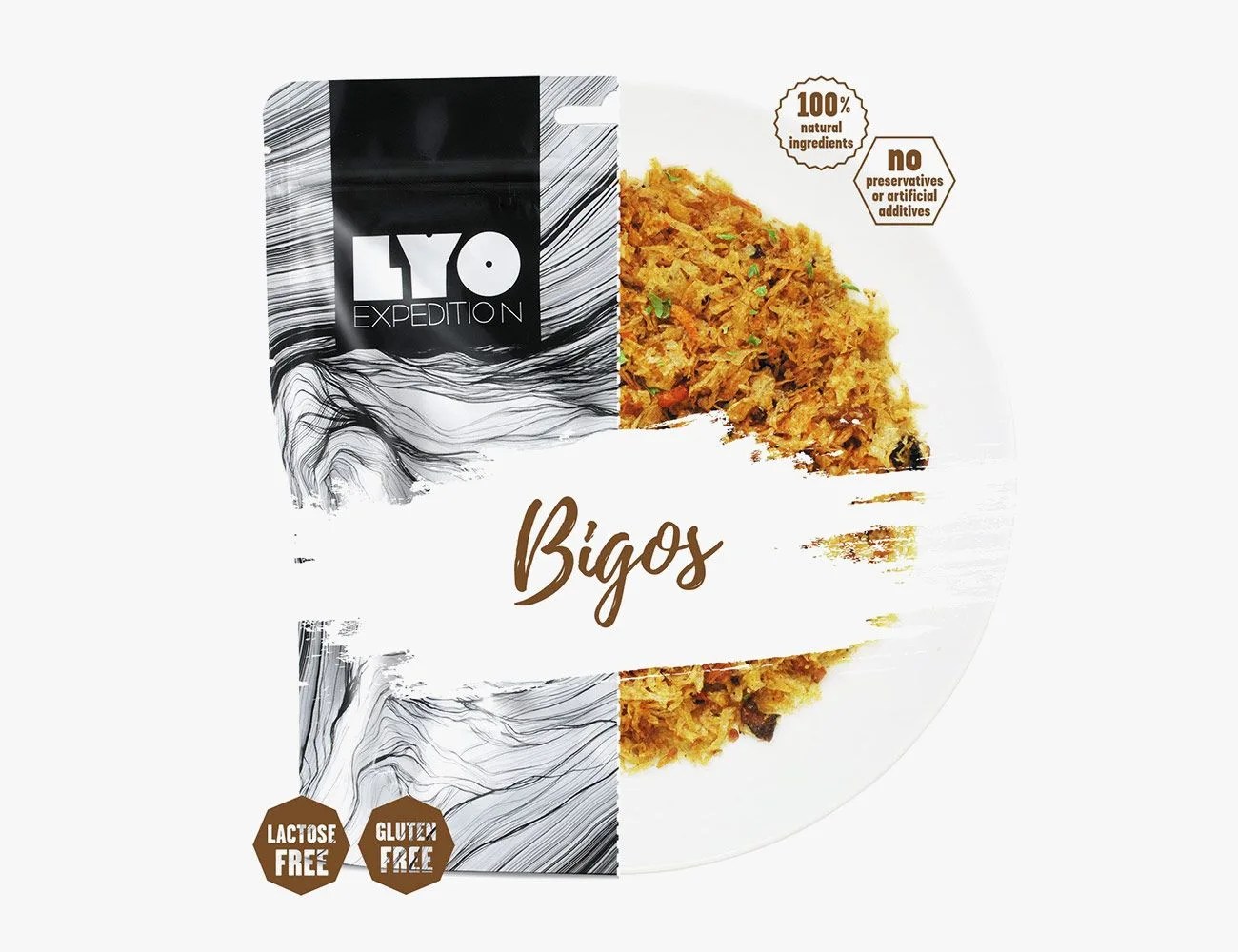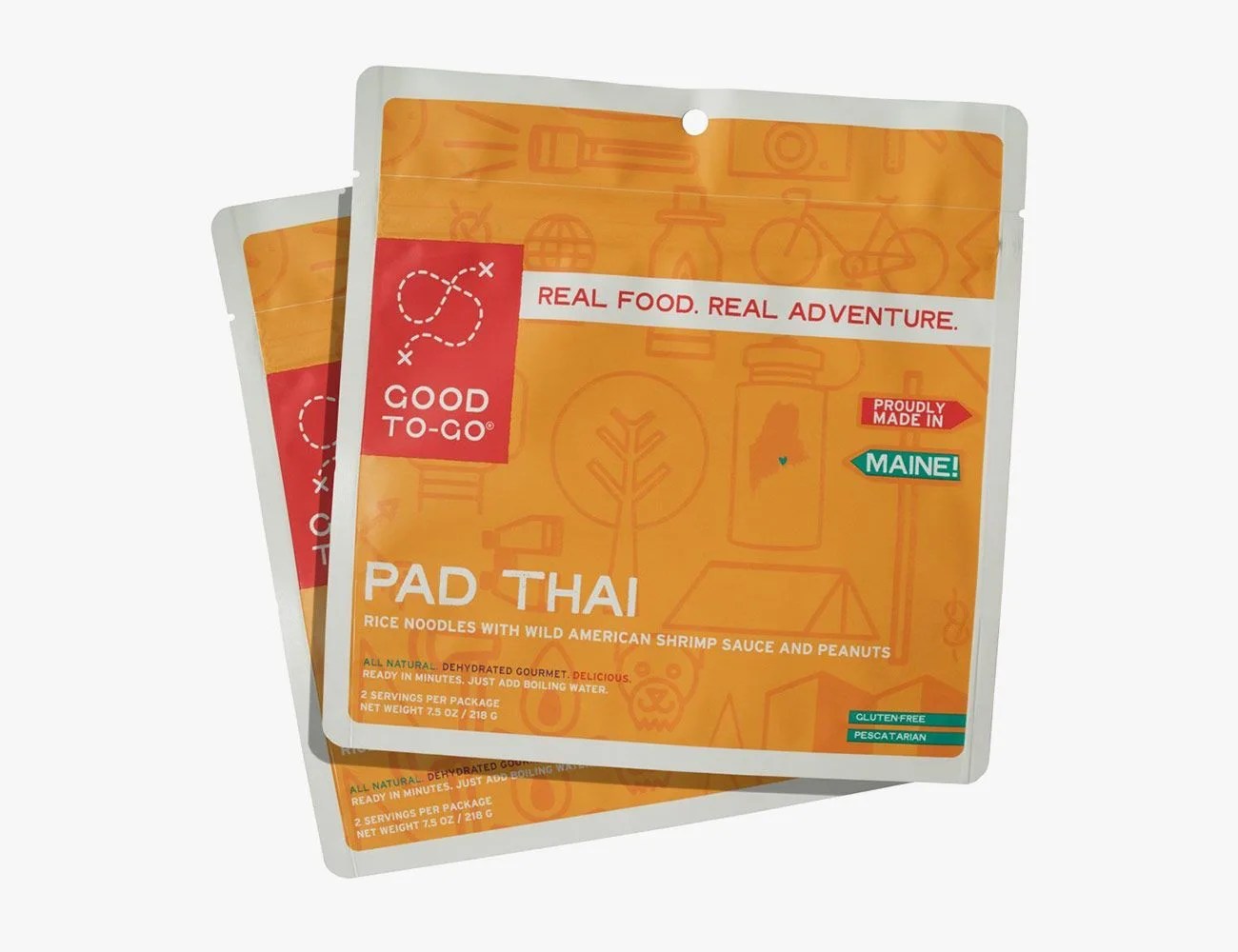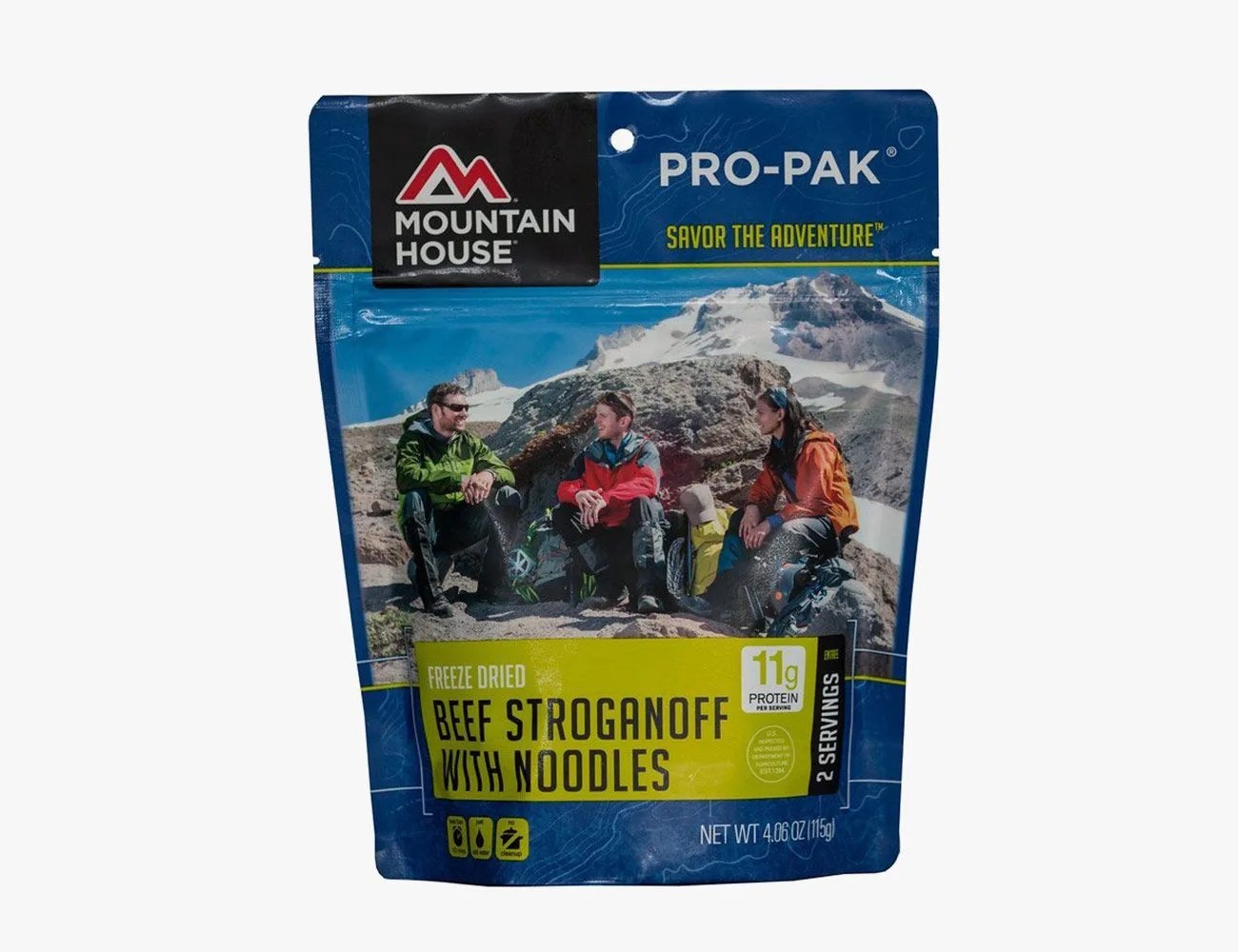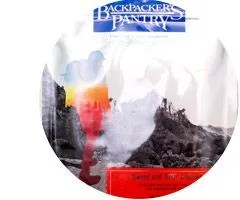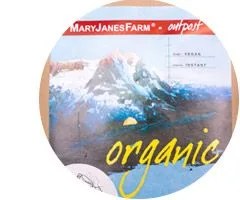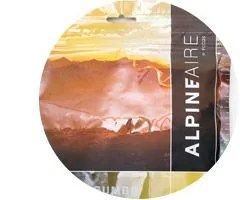Editor’s Note: This post has been updated with new picks for 2017. You can find last year’s picks on Page 2.
Modern innovation has advanced the pursuit of ultralight gear — the contents of hiking packs have been trimmed down to their skeletons, including traditional outdoor cooking gear. The grub itself didn’t escape the trimming, either: dehydrated, ready-to-eat meals have replaced ice-filled coolers and bagged PB&Js. They’re lightweight, simple to make and sold at every outdoor retailer. All that’s required is hot water.
History’s taught us that convenience and quality usually have inverse relationships. Could adding hot water to dry food result in a meal that doesn’t taste like mush? Today, the answer is a resounding yes. A wide range of companies have overcome the quality-versus-packability conundrum with real food made with quality ingredients that are perfect for the trail.
Contributions by Tanner Bowden and Tucker Bowe.
Patagonia Provisions
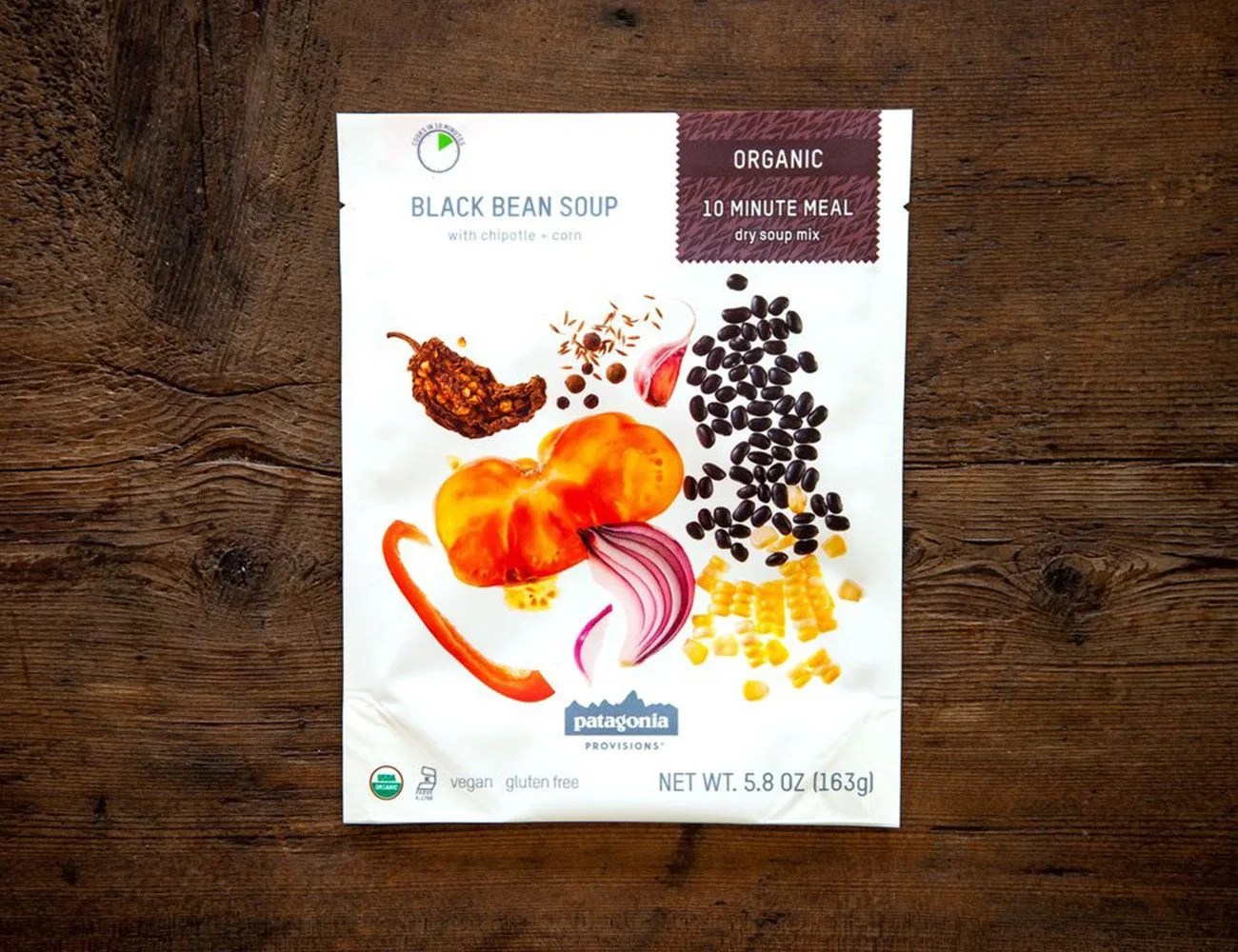
Sustainably Sourced, All Organic: Despite being a giant in the outdoor space, Patagonia consistently bucks market expectations, favoring social and environmental well-being over quick and easy profit margins. It was only a matter of time before the company delved into the food industry; Patagonia Provisions offers a full line of dehydrated meals as well as ready-to-eat meat products such as buffalo jerky and wild-caught sockeye salmon. You won’t find any strange, unrecognizable additives here, and next to every ingredient on the list, you’ll find the word “organic.” Patagonia Provisions’ meals take slightly more effort to prepare — you’ll need a stove and pot — but the result is worth it, as is any responsibly sourced meal made with whole, real ingredients.

